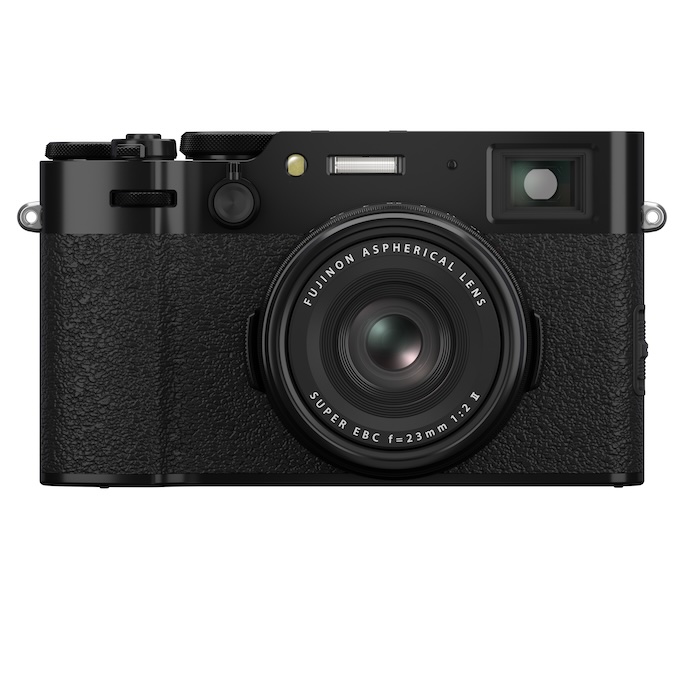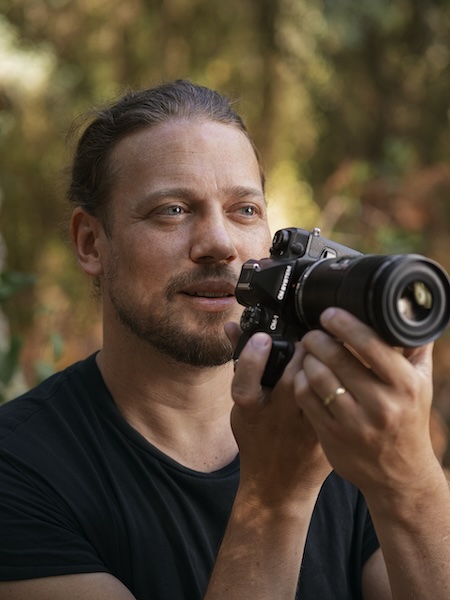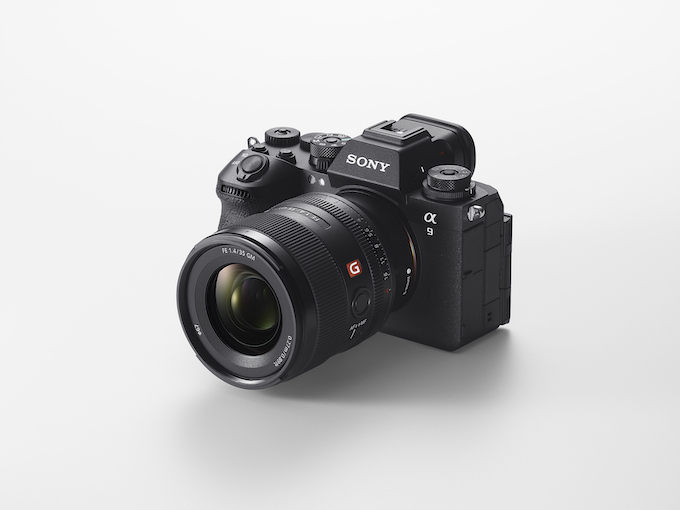Cameras
Boom: Nikon Enters Full Frame Mirrorless Fray with Z7 & Z6 Cameras
August 23, 2018
After all the rumors and teasers, it’s finally official.
Nikon is making a push into the mirrorless camera market with a pair of full frame mirrorless cameras—the Z7 and Z6—plus a new line of Z-mount lenses.
As you’d expect, the new Z series has an all-new lens mount. At 55mm, the Z-mount is larger in diameter than Nikon’s full frame DSLR mount and, among other things, will enable the fastest lens in Nikon’s history–a forthcoming f/0.95 lens (more on that below). Nikon will also offer an adapter (the $250 Mount Adapter FTZ) so its full stable of DSLR lenses can mount to its new cameras.

Nikon’s two new mirrorless cameras will have largely identical feature sets except for the image sensor–the Z7 emphasizes higher resolution, while the Z6 emphasizes improved low-light sensitivity. The camera bodies will be identical.
Both models use new backside-illuminated CMOS sensors and built-in focal-plane phase-detection AF pixels. They also incorporate Nikon’s latest image-processing engine, EXPEED 6. They will use in-body image stabilization along five axes for up to five stops of correction. When using the FTZ mount adapter, stabilization is performed along 3 axes.
While the Z7 and Z6 represent a new evolution of the Nikon camera family, they’ll use the familiar Nikon menu system but will add a mid-range sharpening option to Nikon’s Picture Controls (available in both still and video modes).
You’ll frame your scene through a 3690K-dot OLED EVF with 100 percent frame coverage and .8x magnification. The viewfinder eyepiece has Fluorine coating to make it easier to clean. Several menu options are visible through the EVF as well.
Nikon has stepped up the video recording capabilities of both cameras, enabling full pixel readout when shooting 4K (3840 × 2160/30p). These will be Nikon’s first cameras to support outputting a 10-bit video signal from the HDMI output as well as an N-Log color profile for 12 stops of dynamic range. Focus peaking and time code are also supported. HD video can be captured at up to 120p.
Design-wise, the new models are as weather-resistant as the D850 with a top display panel to read out camera settings. (Check the gallery above for a full view of the camera body.) They offer an electronic shutter, 3.2-inch tilting touch displays, and built-in Wi-Fi for transferring images to phones and, for the first time, computers.
Nikon’s DSLR accessories, such as the EN-EL15/a/b batteries and WT-7/A/B/C Wireless Transmitter, will work with the Z models.

The Z7
The flagship of the new Z series boasts a 45-megapixel sensor with no low-pass filter and an ISO range of 64-25,600 (32-102,400 expanded). It has 493 hybrid phase/contrast detect AF points. The hybrid system automatically switches between focal plane phase detect AF and contrast detection, Nikon says.
The Z7 tops off with a continuous shooting speed of 9fps. It can create 4K time-lapse movies in camera and 8K time-lapse movies in post. It can meter in low light down to -3EV and focus down to -1EV.
The Z7 ships at the end of September for $3,400 or for $4,000 with the new NIKKOR Z 24-70 f/4 S lens. It’s available for pre-order now.

The Z6
The Z6 has a lower resolution, 24.5-megapixel image sensor but a broader ISO range of ISO 100–51200 (50-204,800 expanded). It has fewer autofocusing points than the Z7, at 273, but a faster burst rate of 12fps. It’s also more capable in lower light, with metering available down to -4EV and focusing down to -2EV.
The Nikon Z 6 will be available in late November for the $2,000, or for the $2,600 with the NIKKOR Z 24-70mm f/4 S lens kit. It’s available for pre-order now.
The Lenses
Nikon will have three native Z-mount lenses initially in what it’s calling its S Line: a 24-70mm f/4, a 35mm f/1.8 and a 50mm f/1.8.

The 24-70 can focus as close as 0.3m across its entire zoom range and uses Nano Crystal Coat to reduce flare and ghosting. It’s weather sealed with Fluorine coating on the front lens element to make it easier to clean. It will retail for $1,000.

The 35mm f/1.8 S lens uses a new multi-focusing system with two AF drive units for high-speed and quiet, accurate control, Nikon says. It is weather sealed and uses Nano Crystal Coat to reduce flare and ghosting. It will set you back $850 and will be available in September.

Finally, the 50mm lens is weather-sealed, with Nano Crystal Coat and a new stepping motor for quiet and accurate AF. This lens ships later in October for $600.
Coming Soon

Nikon also revealed that it’s building its fastest lens yet for the Z series, the NIKKOR Z 58mm f/0.95 S Noct. No other details were available.
Nikon is also working MB-N10 Multi-Power Battery Pack that will hold two EN-EL15b to deliver a 1.8× improvement in battery life to both of its new cameras.
If you’re curious about the future of the S lens line, Nikon has published a roadmap so you can get a sense of what focal lengths are in the pipeline:





